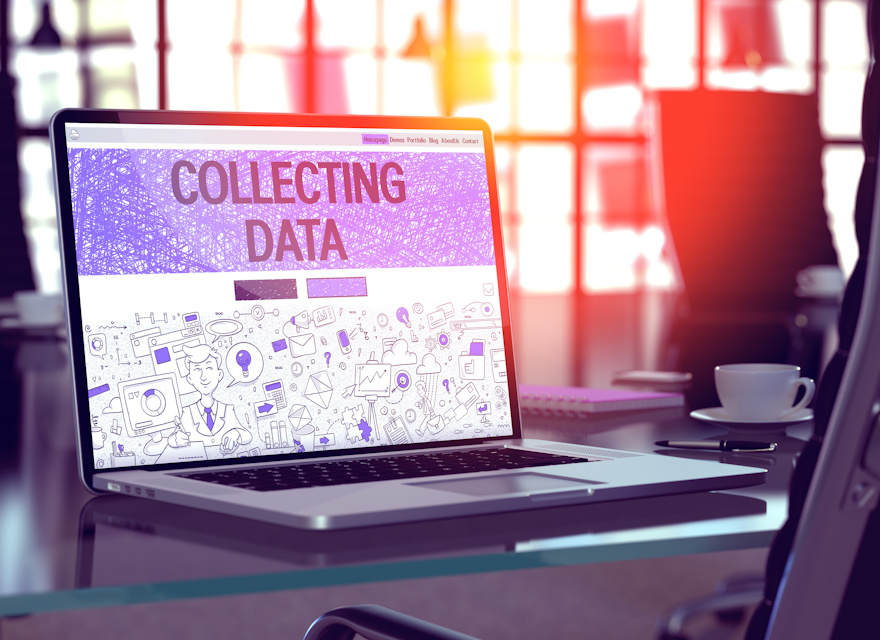As the name suggests, this concept digitally dialogues with an individual, based on the data collected before and promote marketing. For instance, if you are buying your needs online, for instance, from Amazon, you must have seen the recommended items that you may be interested to buy or reordering the items that you may have already bought a long ago. This has become one of the most desired strategy across many customer-facing brands. It is utmost preferred on retail, travel and hospitality, automobile, financial service domains. The popular brands already have incorporated digital technologies and integrated personalization to retain their website visitors engaged and locked to their brands. This personalized experience, as per one of the report, 19% of conversions happened and have increased 6%-10% of the revenue at faster pace than those who have not personalized the content yet.
The implementation is not easy. This requires a lot of consistent data collection, analysis, tuning and diligence. There have been many challenges in this personalization implementation phase. The following are very few to highlight.
Challenges of personalization:
There are many other brands which are not matured enough to grab their potential customers.
Centralized data and aggregation of that to an individual
The brands well-known across the globe face this challenge. When you plan to collect data from all over the world, the amount of data could be huge and the data processing to aggregate to an individual would be tedious. The solution would change case to case. The management would decide on presenting the content based on visitor’s geolocation or on user journey data or combination of these two. For example, being in India, I would prefer to be in an attire that suits Indian tradition and/or the weather conditions. When I shift to other part of the world, I would change my preference. In this case, it is suggested to combine geolocation and the user journey data.
If the company is affordable to place the data centers individually based on the country or locations, which could be a way to reduce the amount of data to process and aggregate. However, the situation would face another personalization challenge when a user changes the geolocation.
Data measurement capabilities
If you are not arriving at any conclusion with the data you have collected, it would become waste of time, effort and resources.
Before and after technique is most advisable in personalization impact measurement. You can measure the conversion rate, bounce rate, number of page visits and time on site.
Staffing and ability barriers
Many companies face the difficulties in understanding the ability of personalization. The survey reports states that, 74% of the companies face shortage of dedicated personnel and 61% of the companies fail to test and learn quickly.
The organizations looking for personalization should have to train their employees or recruit efficient candidates to set up a dedicated team.
Lack of adequate cross-functional coordination
Company's growth is not any one department's responsibility. The personalization implementation would need good coordination between the different teams such as Strategy team, business team, data analytics team and development team.
How to plan for personalization?
Strategize first
To arrive at any strategy, you must have had known and understood your customers' pain points, interests, journeys. Talking to immediate stakeholders will help you understand the business objectives, challenges, address the concerns and increase the customer experience. Tracking the customer journey on your websites would greatly help you to identify the opportunity to pitch in personalization.
Understand business objectives
Understand the current business objectives. These will help you in knowing which segment of visitors are to be targeted and the data to be collected so that you could strategize the personalization better. If there are any campaigns running, analyze them to core and validate if they are meeting the business goals. If they are not, tune the strategy to satisfy the business goals.
Data collection and analysis
To personalize, it is more important to have the sufficient data and process the collected data. Many companies would collect the data but they fail to bring out the set of information needed to personalize. The analytics based on the current data could be considered to arrive at definite strategy and ease the future recommendations.
Acquire tools and efficient analysts
There are good number of tools available in the market now. Choose one that accommodates your need and the business strategy. With the help of tools, implement the real-time marketing and make the marketing profitable for your organization. This real-time marketing marks 18% increase in interest and 14% high in purchase intent.
You would also need the efficient analysts who can make use of the tools better and give you the right data to strategy team.
Build cross-functional personalization team
When cross-functional teams work together, each team would come to know the anchors/hurdles the other teams are facing. As many as the T-Shaped people get involved in the team, optimistically the personalization becomes more successful.
As the latest technologies like Machine Learning is in place, better if the development team includes self-learning algorithms. These would help in understanding and optimizing the user characteristics without any manual intervention and fed into data collection.
Deliberations: Before you personalize
The whole of your website can be personalized. This does not mean that you should do that to give the best personal experience to the end user and increase the conversions. It is more vital to identify the portion that adds more value.
- Take care that the personalization is not creating hassle for SEO
- The page hits by bots are properly segmented
- Too much of personalization could hamper the performance
- Trigger the relevant content to an individual
- Abide by GDPR while collecting customers’ data
Summary:
Personalization is on the path already to become revolutionary strategy as the latest technologies like Voice Recognition, AI and other cognitive technologies are becoming stronger in technology adoption. Personalization is majorly about establishing individualized brand relationship and locking your visitor to the brand. If not at a big amount, choose a minimal segment of customers, plan the personalization and deploy to production. Collect the data, analyze it well and learn from it. Gain the confidence on implementing personalization this way and gradually expand the segments and personalization.
The good personalization possibly converts a visitor to potential customer and then make loyal customer. It is not just to increase the sales but also to address your customers’ needs, interests by increasing the experience. 65% of the market is still open for you as of today to be a leading personalization implementer. Only 15% of companies are appealing to be the personalization bests and 20% are still experimenting. It means that the early you implement this strategy, the more probable you are to lead ahead your competitor in the market.







